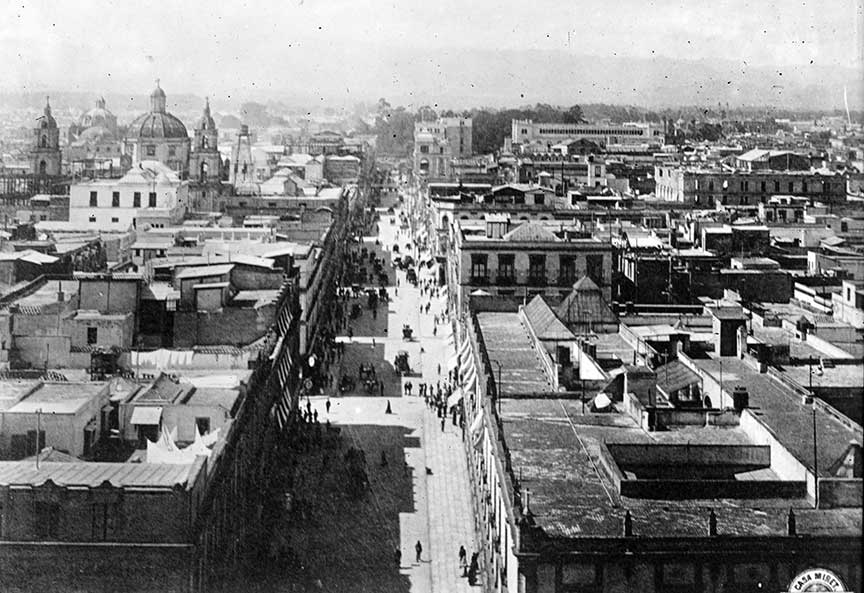1910-1923 Mexican Revolution

Mexico City
A major armed struggle that radically transformed Mexican culture and government. It began with an uprising led by Francisco Madero against longtime autocrat Porfirio Díaz and evolved into a multi-sided conflict, with notable figures like Pancho Villa and Emiliano Zapata..
The resolution of the border dispute between Chile and Peru in 1929, known as the Treaty of Lima, concluded a series of conflicts and negotiations that stemmed from the War of the Pacific (1879-1884). This war involved Chile against Peru and Bolivia, with territorial and economic interests, particularly over nitrate-rich areas, at its core. Following the war, Chile gained control over significant territories that were formerly part of Peru and Bolivia, including the entire coastline of Bolivia, rendering it a landlocked country.
The Treaty of Lima was a crucial step in mending the strained relations between Chile and Peru. Under the terms of the agreement, the city of Arica was awarded to Chile, while Tacna returned to Peruvian sovereignty. This settlement was reached after years of diplomatic efforts and was facilitated by the United States' arbitration in some phases of the negotiations. The decision to award Arica to Chile and Tacna to Peru was made after a plebiscite was initially proposed but then abandoned due to various complications and disagreements over how it should be conducted.
Furthermore, in a gesture to Bolivia, which had lost its access to the sea as a consequence of the War of the Pacific, Chile agreed to grant Bolivia a railway outlet to the Pacific. This concession aimed to alleviate Bolivia's landlocked status by providing it with a vital access route for its exports and imports, although it did not compensate for the loss of sovereign access to the sea. This railway agreement was part of broader efforts to stabilize relations in the region and address the economic and strategic interests of the involved countries.
The 1929 Treaty of Lima and the accommodations made for Bolivia were significant in the context of South American international relations, marking a move towards resolving long-standing territorial disputes that had soured relationships between neighboring countries. However, the issues of access to the sea for Bolivia remained a point of contention in Bolivian-Chilean relations, periodically resurfacing in diplomatic discussions and international forums.
 >
>